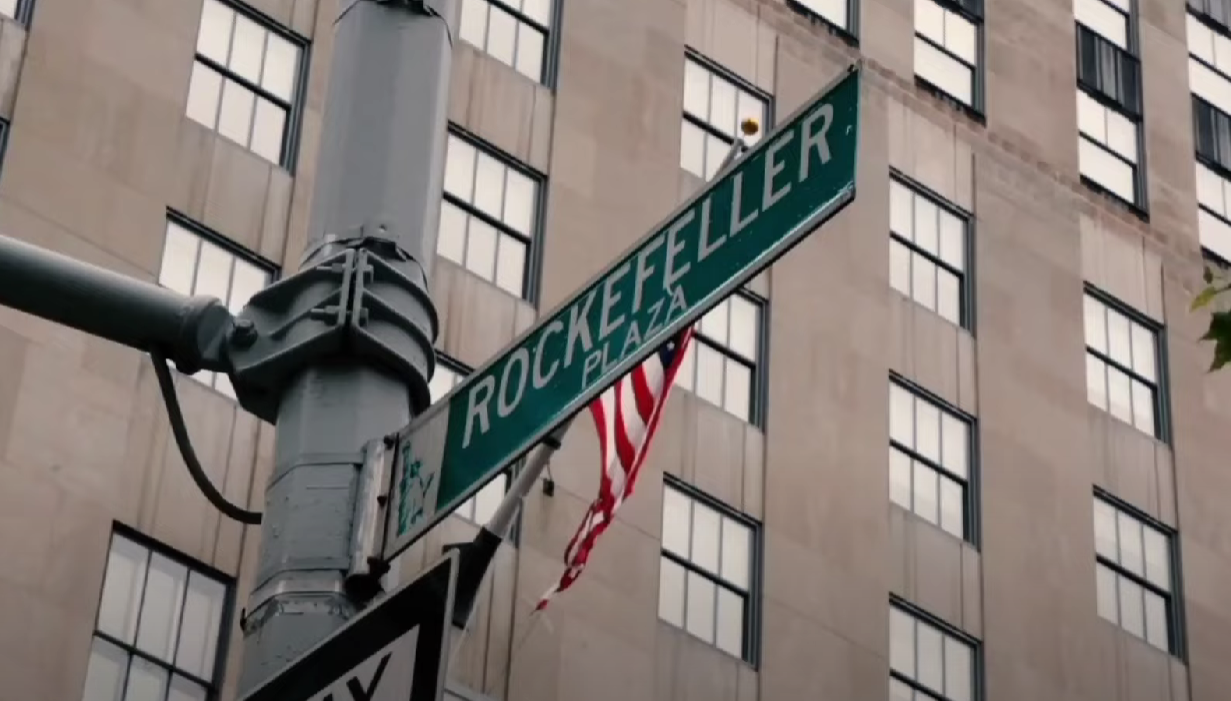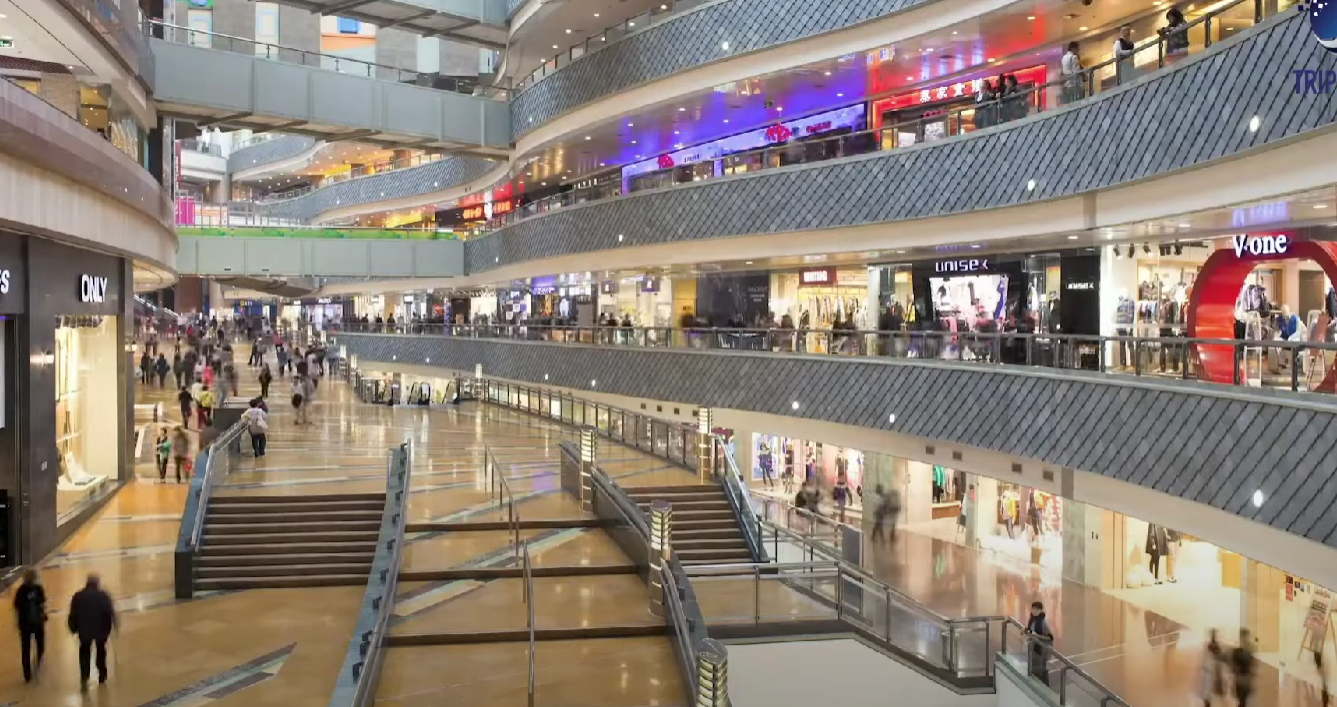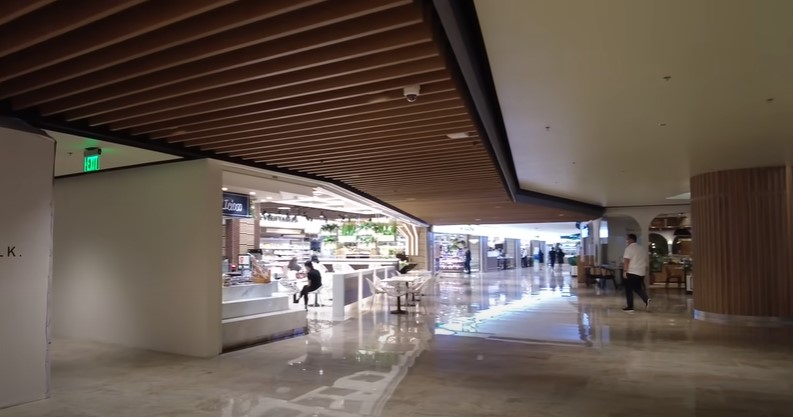The idea of owning a mall may seem like a fascinating venture, enticing entrepreneurs and investors with visions of thriving businesses and steady rental income. However, how much does it actually cost to buy a mall?
In this article, we will explore the complex world of mall acquisitions, shedding light on the factors that influence their prices and uncovering the various costs involved in purchasing these large commercial properties.
How Much Does It Cost to Buy a Mall?
The cost of purchasing a shopping mall can vary significantly depending on various factors such as location, size, condition, and market demand.
Generally, a smaller mall in a less prominent location could be acquired for 5 to 10 million dollars, while larger, more prestigious malls in prime locations can command prices of 100,000 to 1,000,000 dollars.
What Affects the Final Purchasing Price of a Mall?
Location
The geographical location of a mall plays a vital role in determining its value. Malls situated in prime locations with high foot traffic and excellent accessibility tend to command higher prices.

Factors such as proximity to residential areas, transportation hubs, popular tourist destinations, and thriving commercial districts can significantly impact the perceived value of a mall.
Size and Gross Leasable Area (GLA)
The physical size and GLA of a mall directly influence its price. Larger malls with expansive retail spaces, multiple levels, and a wide range of amenities often have higher price tags.
The GLA represents the total leasable area within the mall, including both occupied and vacant spaces, and is a critical metric for evaluating the mall’s revenue potential.
Occupancy Rate
The percentage of leased spaces within the mall, known as the occupancy rate, can influence its price. Malls with high occupancy rates, indicating strong tenant demand, are typically more desirable and valuable.
A fully leased mall with reputable anchor tenants and a diverse mix of established retailers can command a higher price due to the stability and potential for consistent rental income.

Tenant Mix and Quality
The quality and diversity of tenants within a mall impact its value. A well-curated tenant mix that includes popular national brands, boutique stores, entertainment venues, and desirable dining options can attract more shoppers and boost the mall’s overall value.
The presence of reputable anchor tenants, such as major department stores or supermarkets, adds credibility and can positively impact the price.
Financial Performance
The financial performance of a mall, including its historical and projected income, is a significant consideration. Buyers often assess key financial metrics such as net operating income (NOI), cap rate, and cash flow.
A mall with a strong track record of generating consistent revenue, healthy NOI, and positive cash flow is likely to have a higher price due to its income-generating potential and lower investment risk.
Condition and Age
The physical condition of the mall and its age can affect the price. Well-maintained malls with modern infrastructure, attractive aesthetics, and up-to-date facilities may command higher prices compared to older or poorly-maintained properties.

Renovations, upgrades, or necessary repairs to improve the mall’s appearance and functionality may also impact the final price.
Market Demand and Competition
The overall market demand for commercial real estate, particularly retail properties, can influence pricing. In a competitive market where demand exceeds supply, prices tend to be higher.
Conversely, if there is a surplus of malls or a decline in demand due to changing consumer behavior or economic factors, prices may be more negotiable.
Development Potential
The potential for future development or expansion can impact the price of a mall. If the property offers opportunities for additional retail space, mixed-use development, or other value-enhancing projects, it can increase its attractiveness and value to buyers.
Legal and Regulatory Considerations
Legal and regulatory factors, such as zoning restrictions, environmental compliance, and potential liabilities, can affect the final price.

Buyers must conduct thorough due diligence to ensure compliance with applicable regulations and assess any potential risks or obligations associated with the property.
Market Conditions and Negotiation
Lastly, the prevailing market conditions and negotiation skills of the buyer and seller can heavily influence the final price. Economic factors, such as interest rates, inflation, and overall investor sentiment, can impact pricing dynamics.
Skilled negotiation, market knowledge, and timing can help buyers secure a more favorable price or negotiate concessions that can impact the overall value proposition [1].
Conclusion
In the realm of commercial real estate, the price tag of a mall can be as diverse as its vibrant stores. Factors like location, size, tenant mix, and market conditions all dance together, influencing the final cost.

